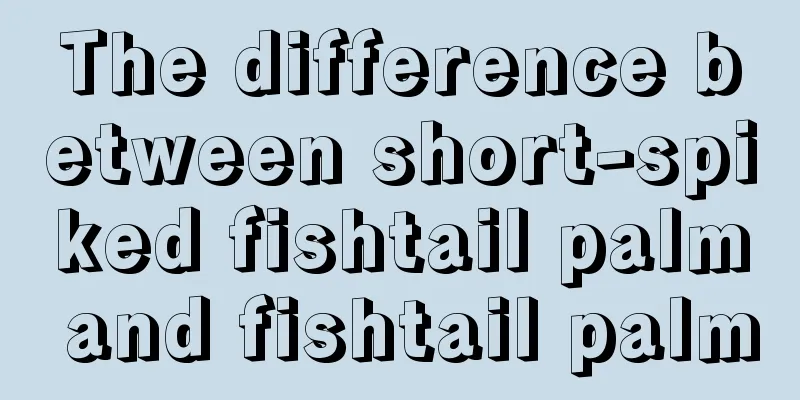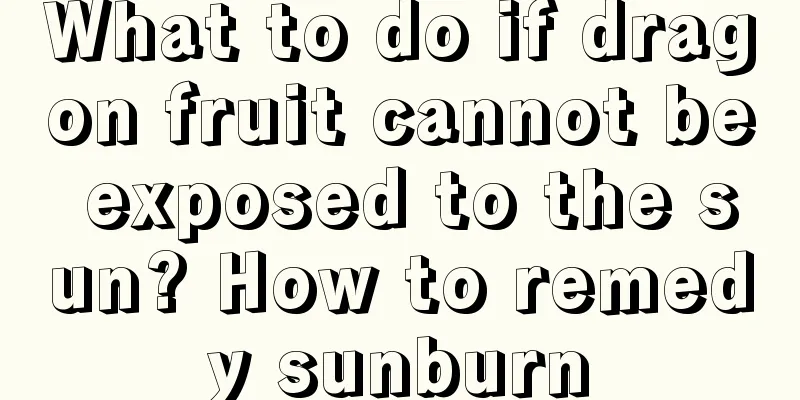What does Mimosa look like? Pictures of Mimosa seeds

1. Basic IntroductionMimosa is a perennial herb or subshrub of the Leguminosae family. Its leaves will close immediately when touched by external force, hence the name Mimosa. It is a low herb native to tropical South America and is now widely distributed in tropical regions around the world. It likes warm and humid environment, has low requirements for soil, has strong vitality and grows fast. Mimosa is a taproot plant with relatively few fibrous roots. It is suitable for propagation by sowing, but not by cuttings or division. 2. What does Mimosa look like?Leaves: Its leaves are quite unique, with 10-20 pairs of leaflets, each pair is alternate. The stipules are lanceolate, linear-oblong, about 5-10 mm long, and the leaves are arranged in a palm-like shape like feathers. When the pinnae and leaflets are touched, the leaves will shrink and then droop. Flowers: The flowers are spherical in head inflorescences, about 1 cm in diameter, solitary or 2-3 in leaf axils. The flowers are light pink or white, with a bell-shaped corolla and a filigree style. The flowering period is generally from March to October. Pods: The pods are oblong, relatively flat and slightly curved. The length is about 1-2cm and the width is about 5mm. The pods will fall off when mature. The fruiting period is generally from May to November. 3. Pictures of Mimosa seeds |
<<: Varieties of watermelon, where do watermelons grow?
>>: How to propagate mimosa? Will mimosa bloom?
Recommend
What is the role of freesia
Growth habits of freesia Freesia is native to sou...
It is best to water Christmas cactus every few days
How often should I water my Christmas cactus? The...
How to distinguish jade hanging clock
1. Blades The leaves of the jade bell are alterna...
The difference between succulents and multi-headed plants
the difference Affiliation: refers to the common ...
Is the fortune tree a sun-loving or shade-loving plant? Is it suitable to be maintained under diffuse light?
Does the fortune tree prefer shade or sun? The mo...
How to process sheep manure into organic fertilizer?
Sheep manure is a high-quality organic fertilizer...
Cultivation methods and precautions of Qingye Jasper
Green Leaf Jade is very easy to grow. Green Leaf ...
Effects of Artemisia argyi, pictures of Artemisia argyi
1. Function 1. Repel mosquitoes: Artemisia can em...
How to propagate aloe vera
1. Division propagation The timing of this method...
How to keep seeds of ice plant and how to collect seeds
Where do ice plant seeds come from? Ice vegetable...
How to shape the Australian fir
1. Modeling method 1. Substrate: When shaping it,...
How to propagate coral grass
Cutting propagation Generally, cutting propagatio...
The inconspicuous little things at home can solve the big problems of growing flowers
Water and add some ingredients to make the flower...
When to take cuttings of northern roses
1. Outdoor cuttings The main factor to consider w...
Purple sweet potato planting conditions and planting environment requirements
Purple Sweet Potato Introduction Purple sweet pot...









